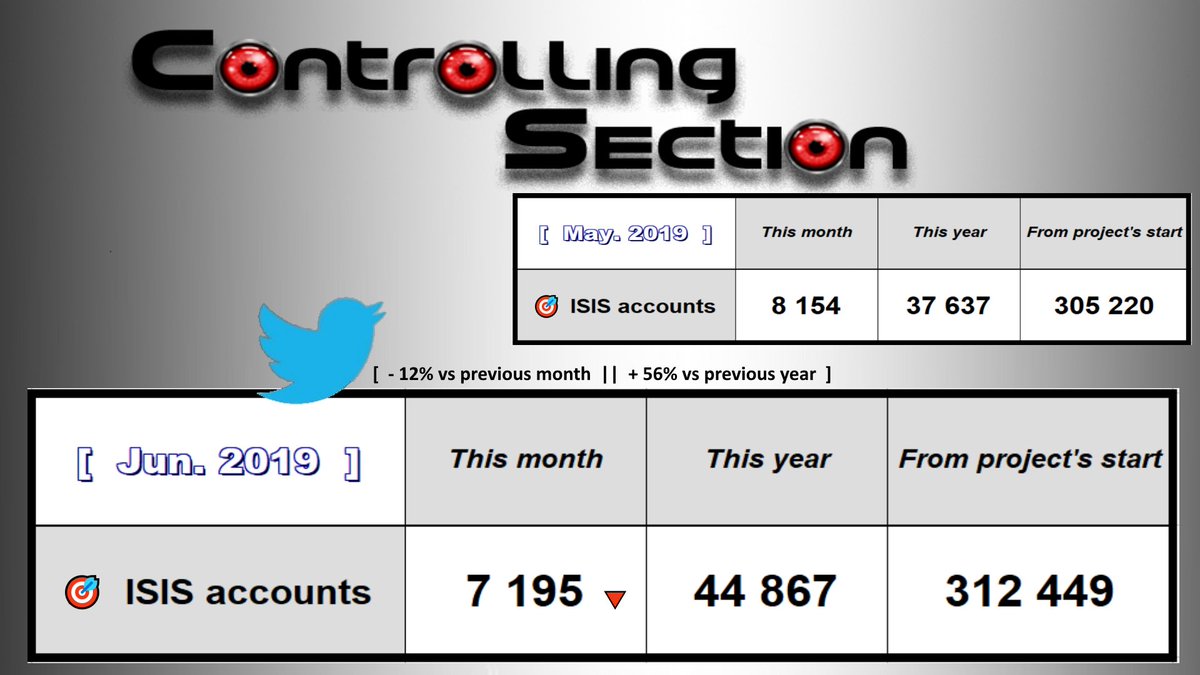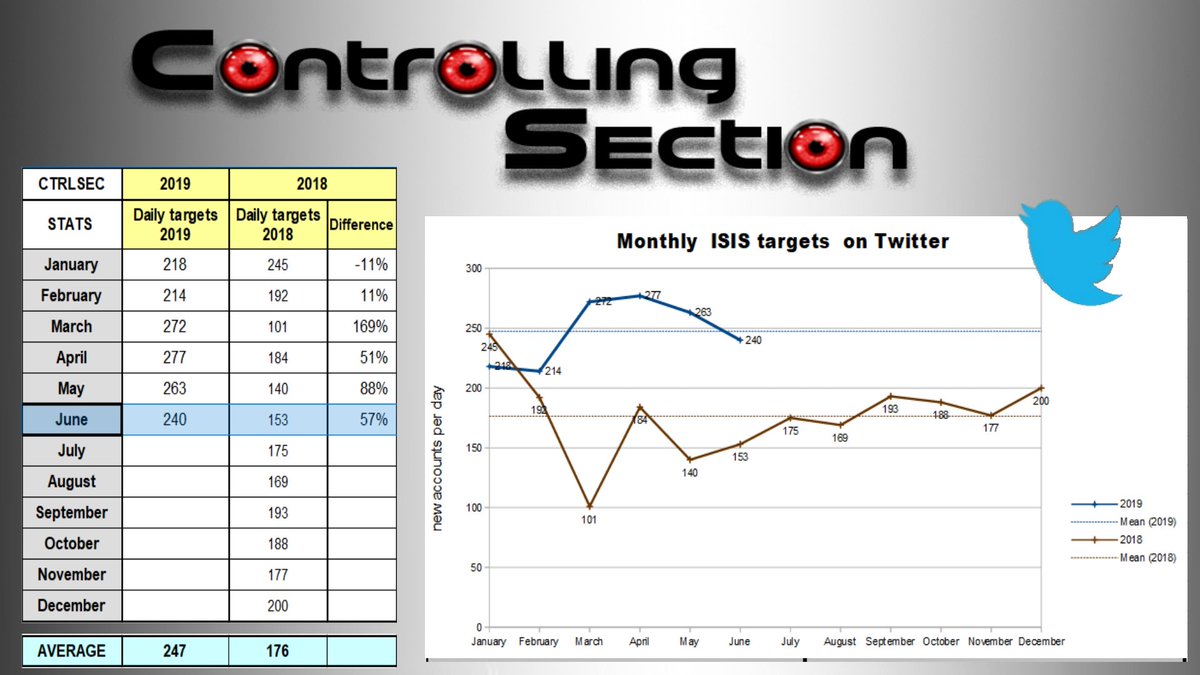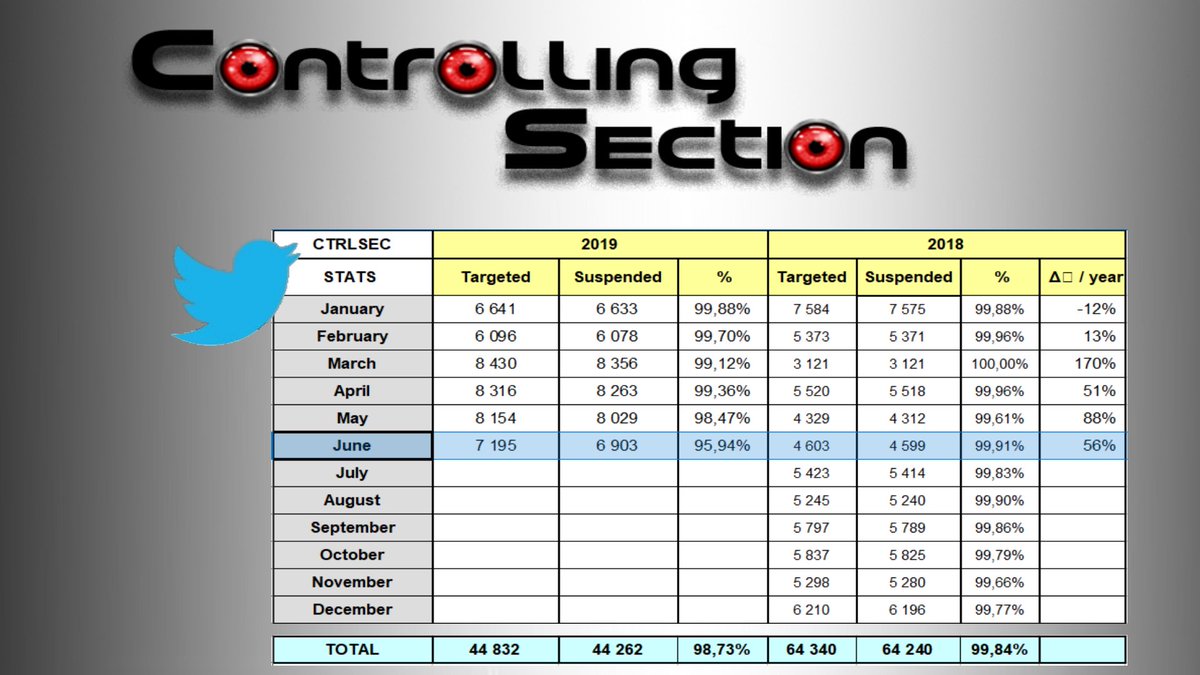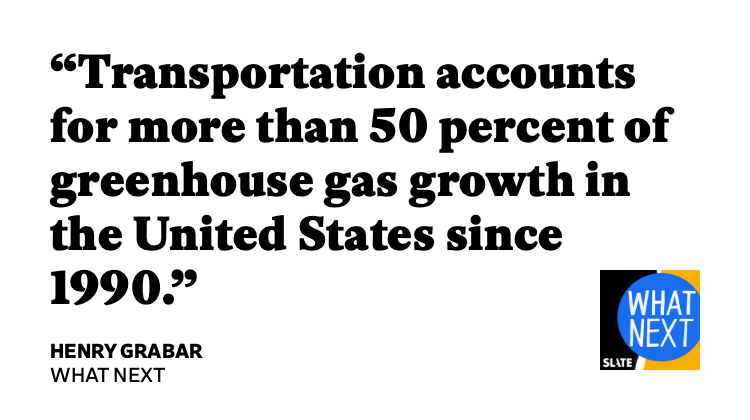Again, a cautionary tale of how misreading survey results can lead to very misleading conclusions...
Previous thread:
That would mean that it's most likely that A would get 84% and C only 16%. The optimum result is therefore A.
Based on the numbers, Conservatives are also pretty Leavey (side note: it's surprising how few answered the survey)
But based on this Survation survey, it looks like #Remain is ahead by around 12% and I'll take it.

















